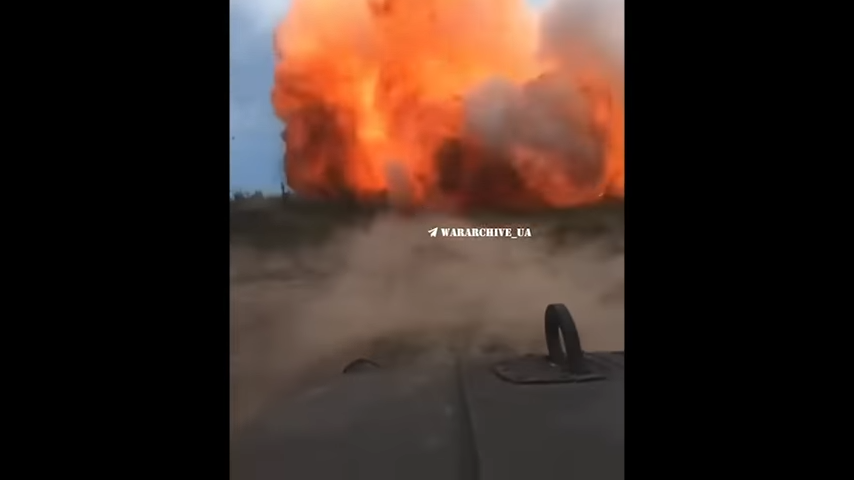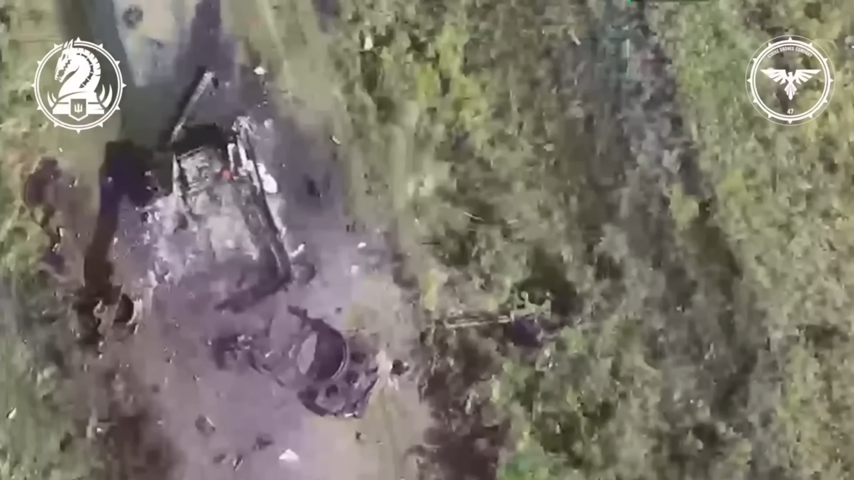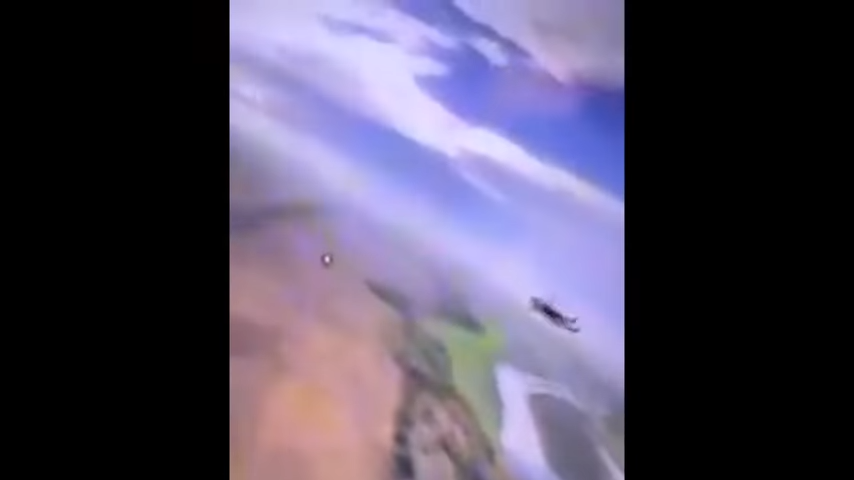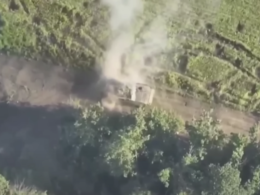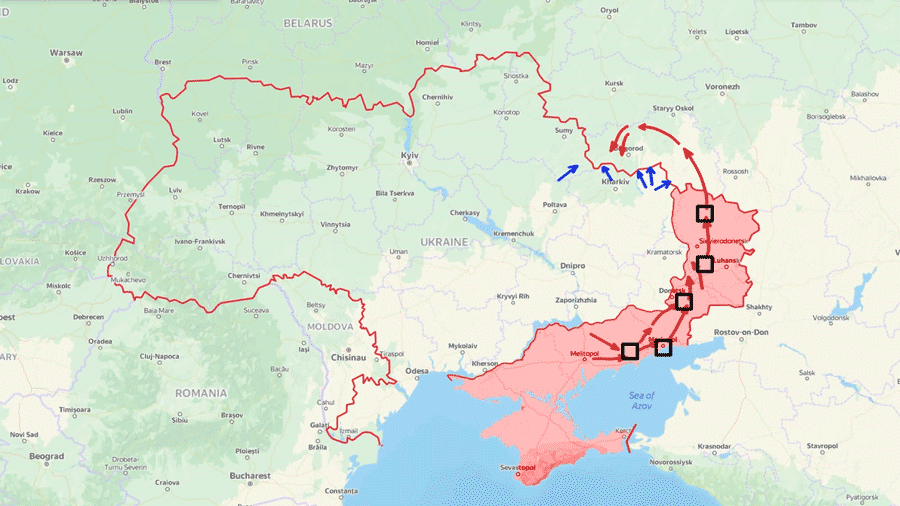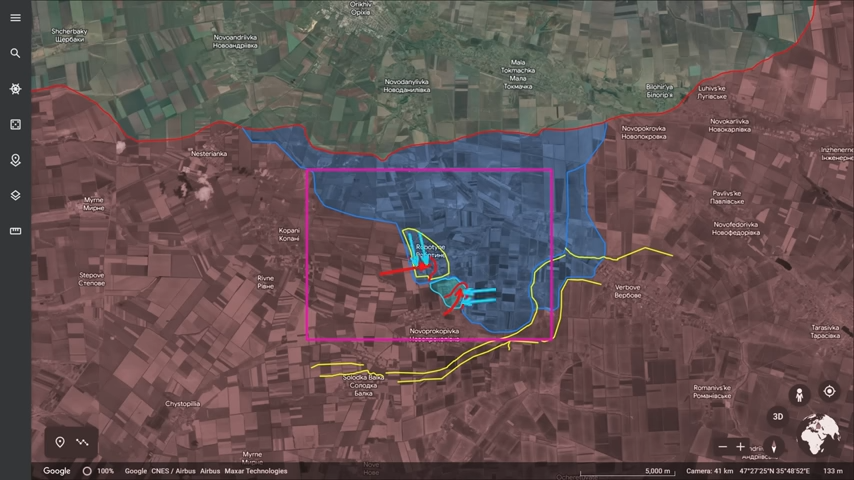
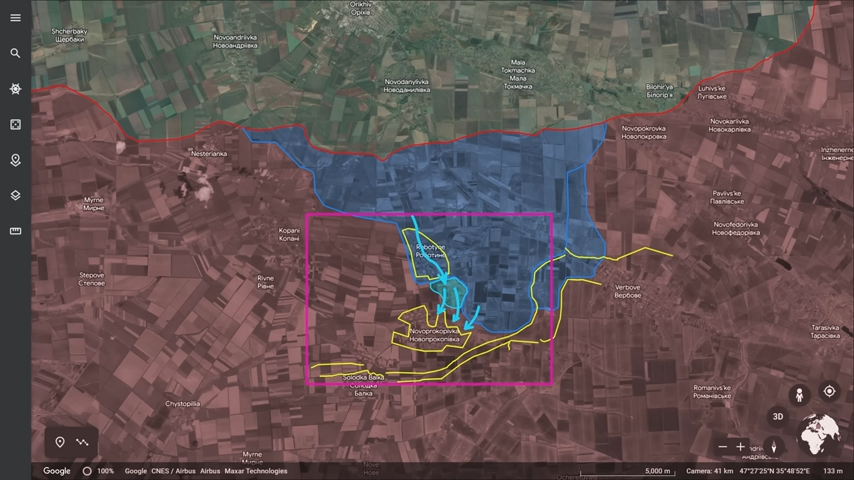
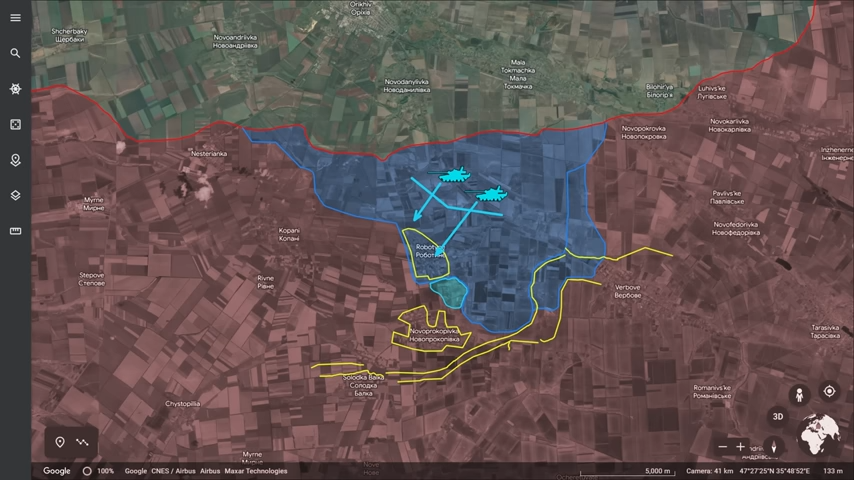
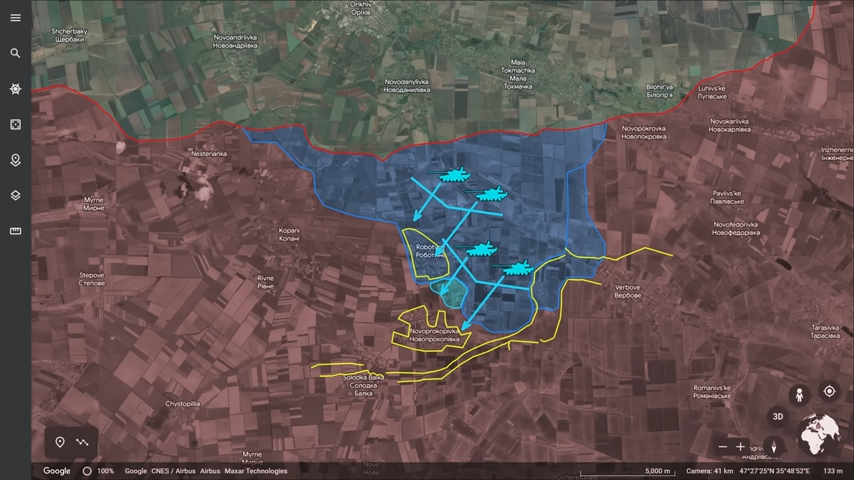
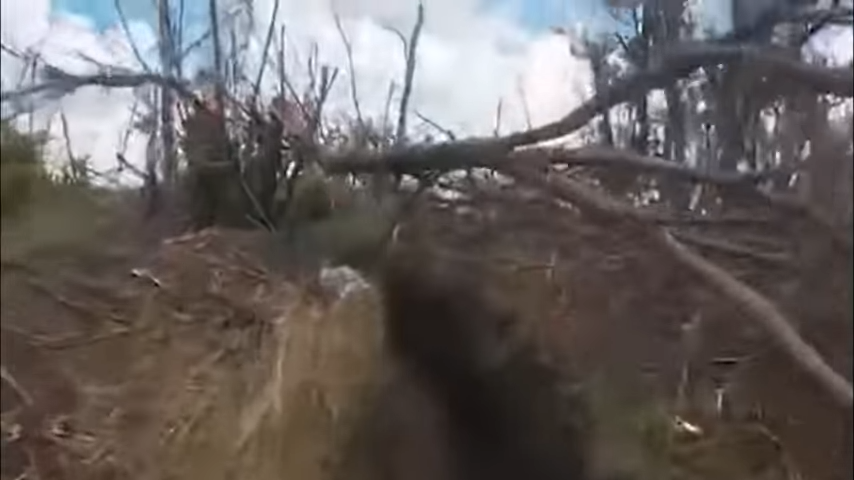
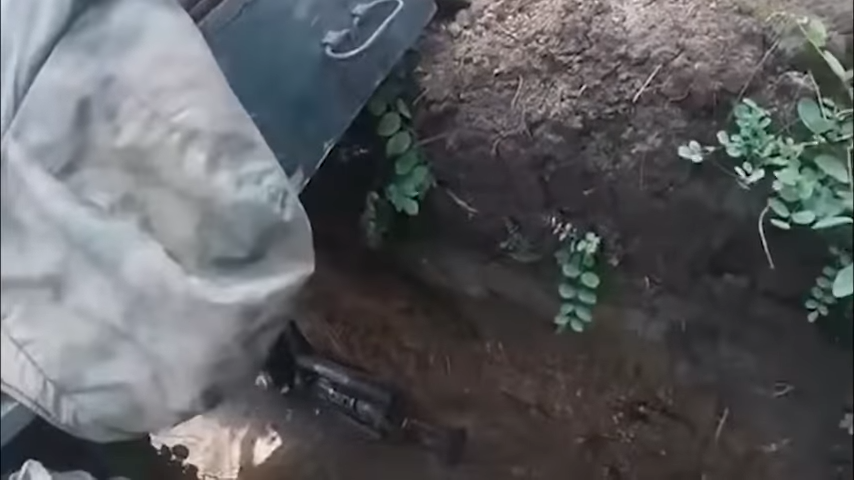
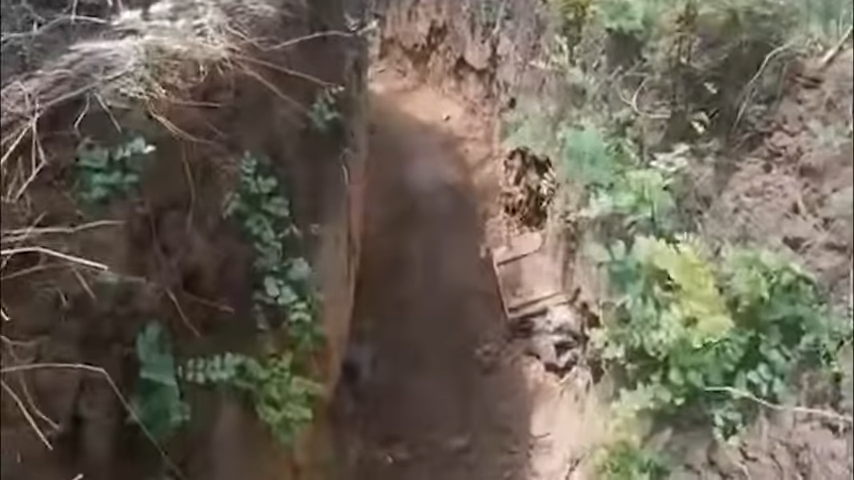
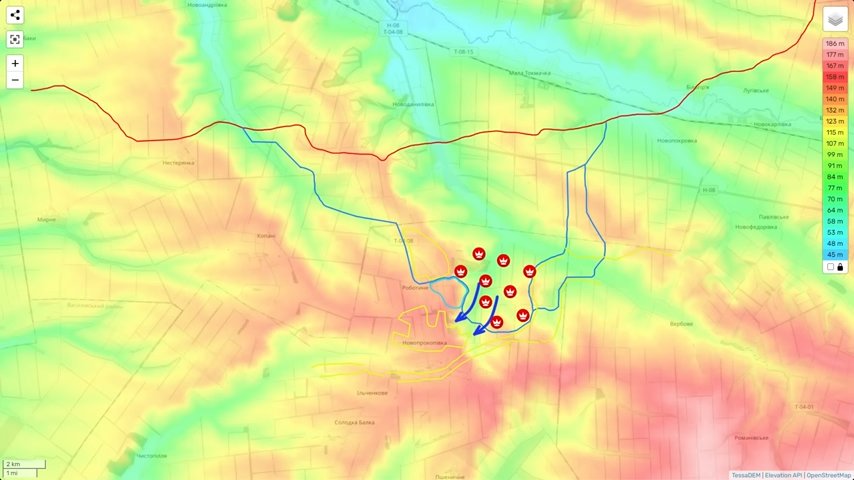
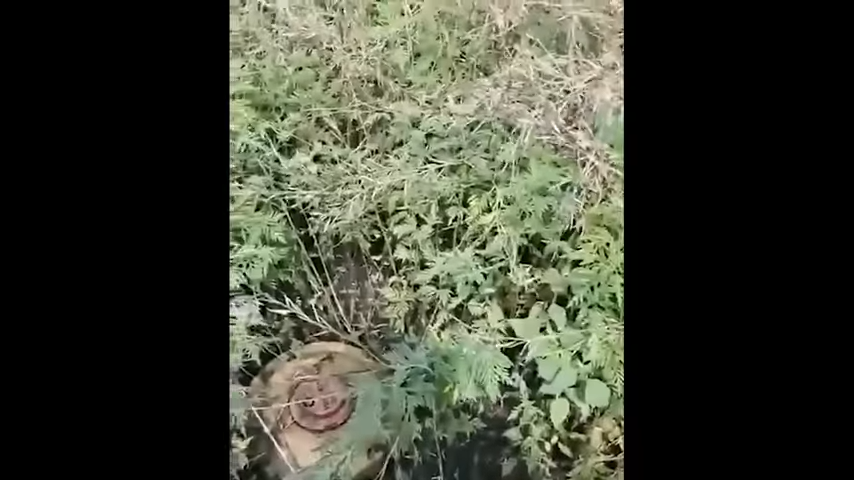
Frontline report: Ukrainians continue advancing in Zaporizhzhia Oblast, bypassing minefieldsA Ukrainian soldier said that another trap that Russians are using is digging explosives into the road. As Ukrainians mostly operate in the fields, the roads here are not paved and can be easily mined as well. When Russians knew in advance that soon they would have to retreat, they dug in up to half a ton of napalm into the ground that detonated via a remote. So they monitor the area from drones, and when they see Ukrainian forces moving on the road, they detonate it.
